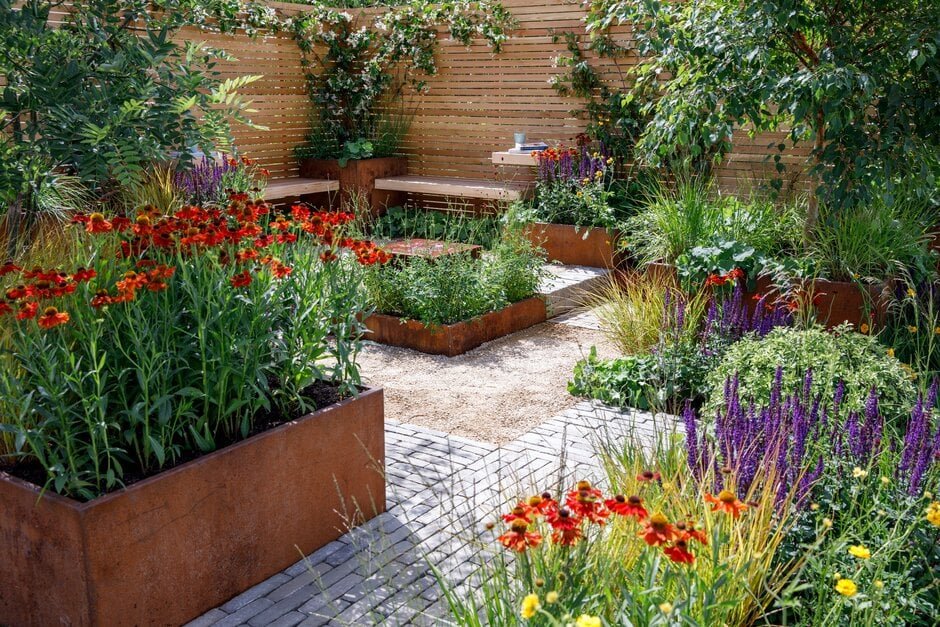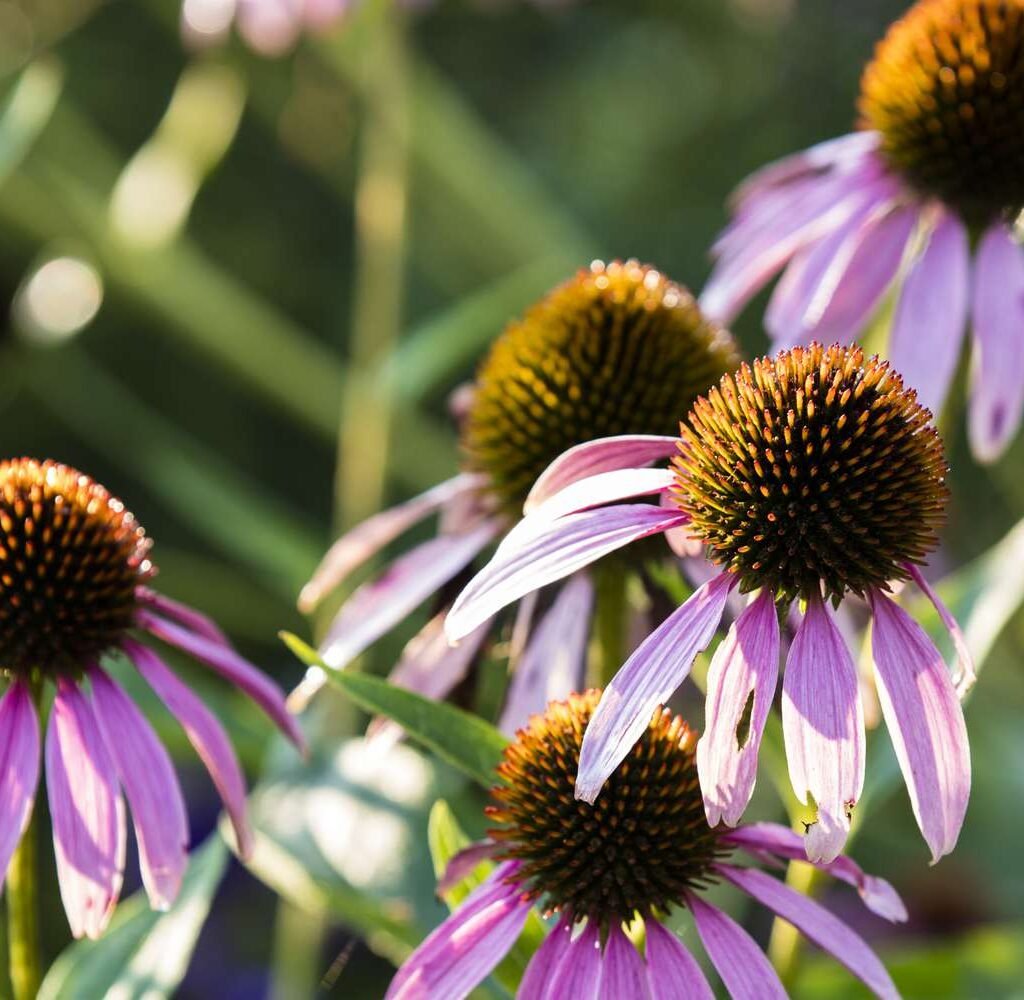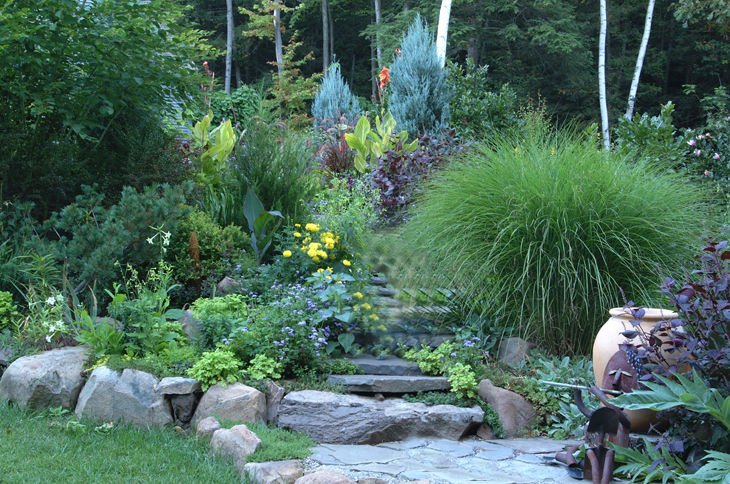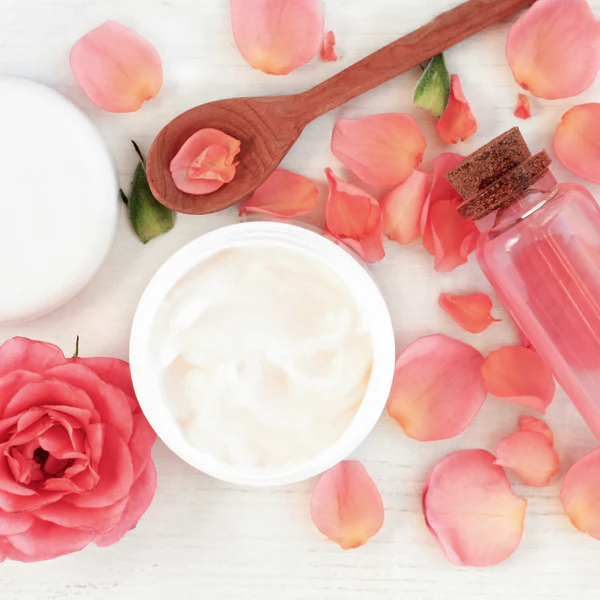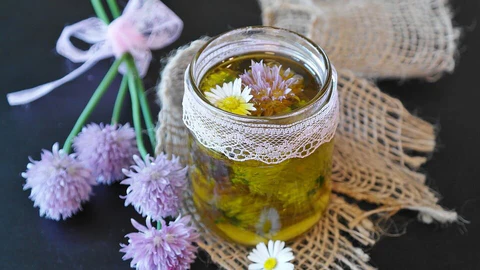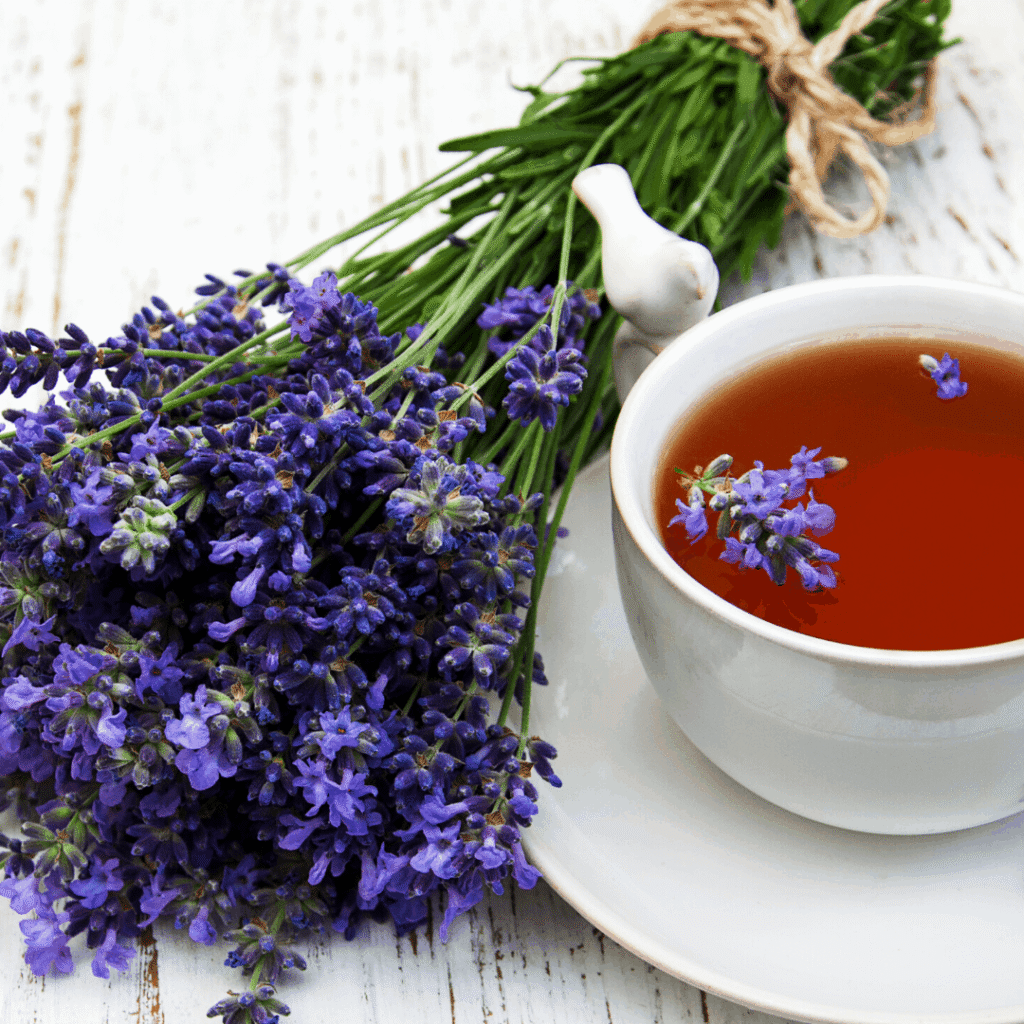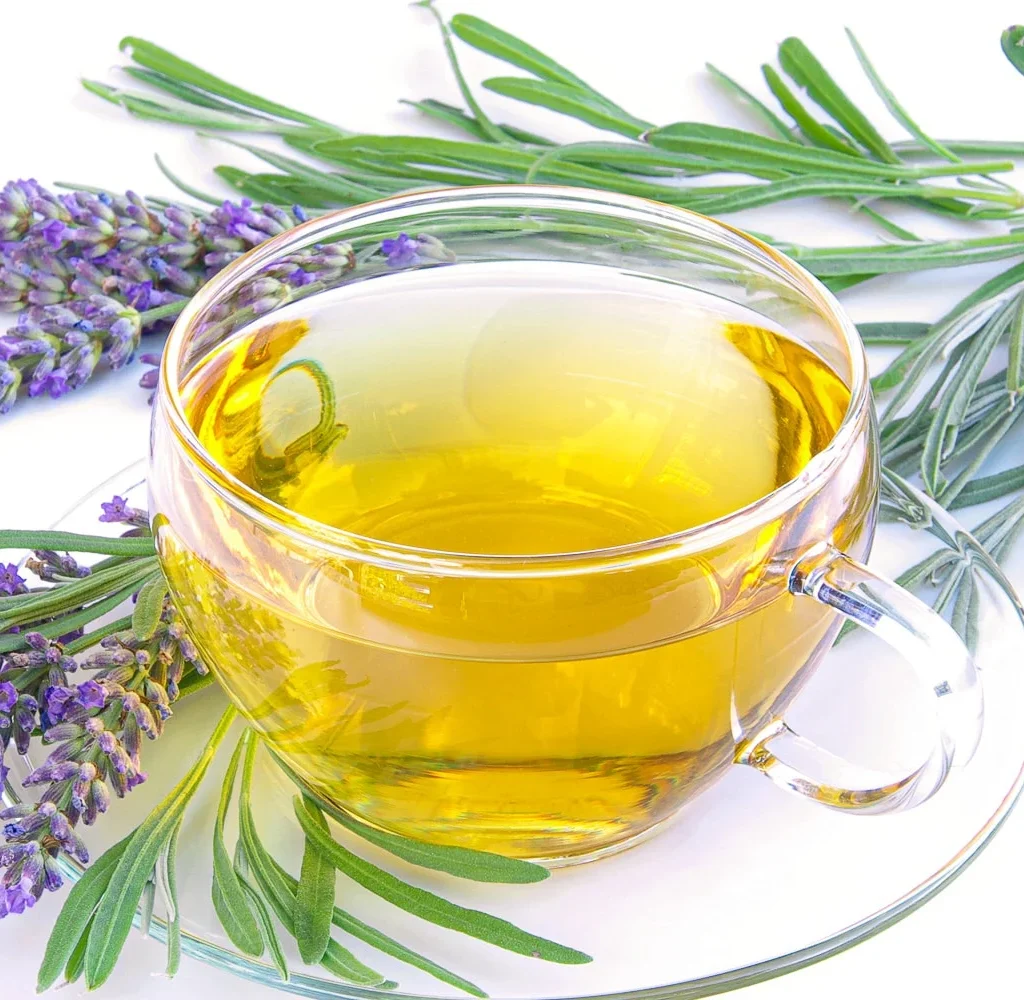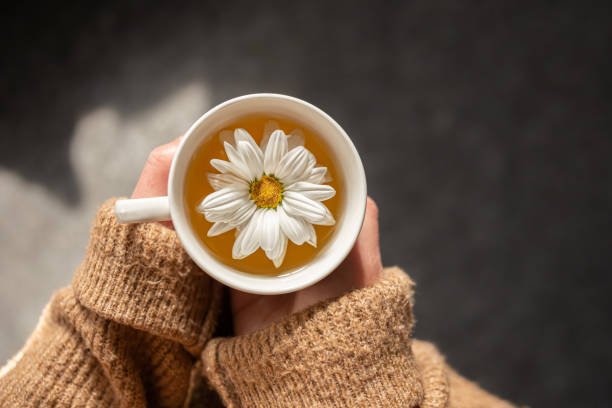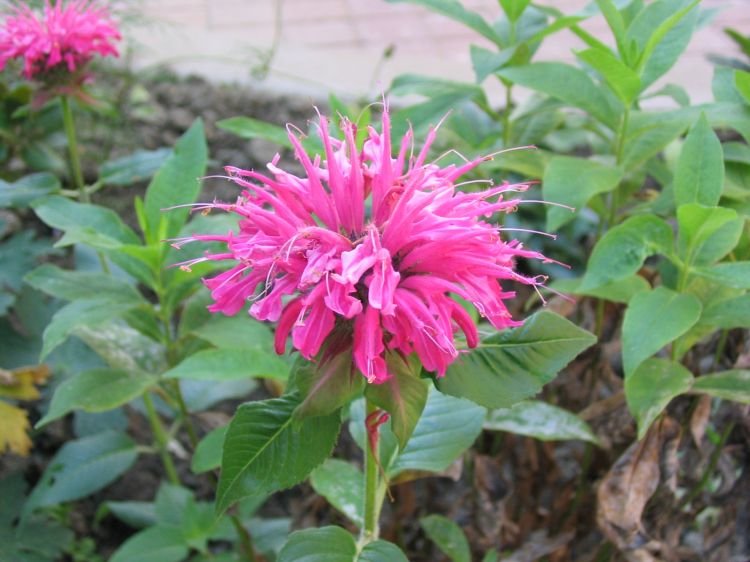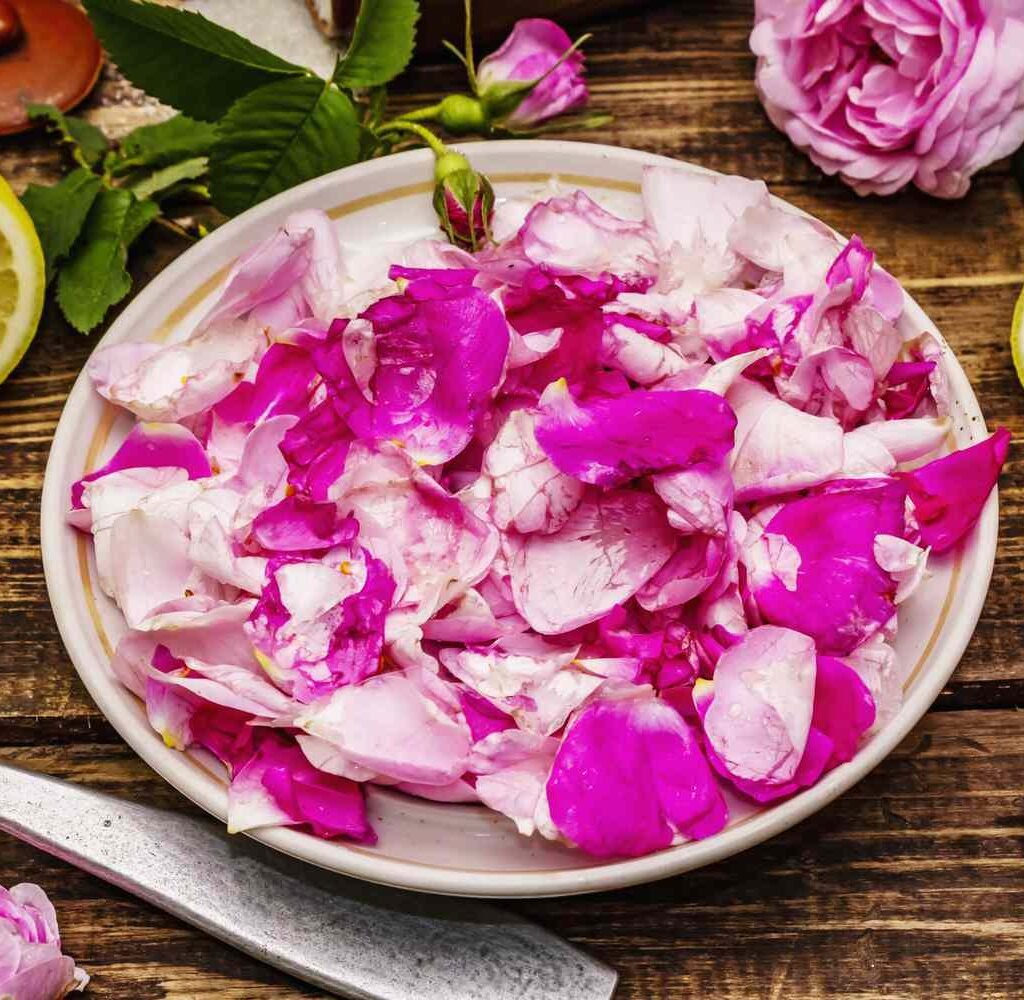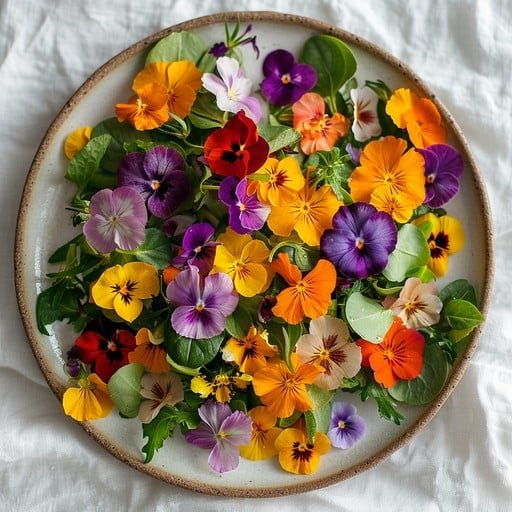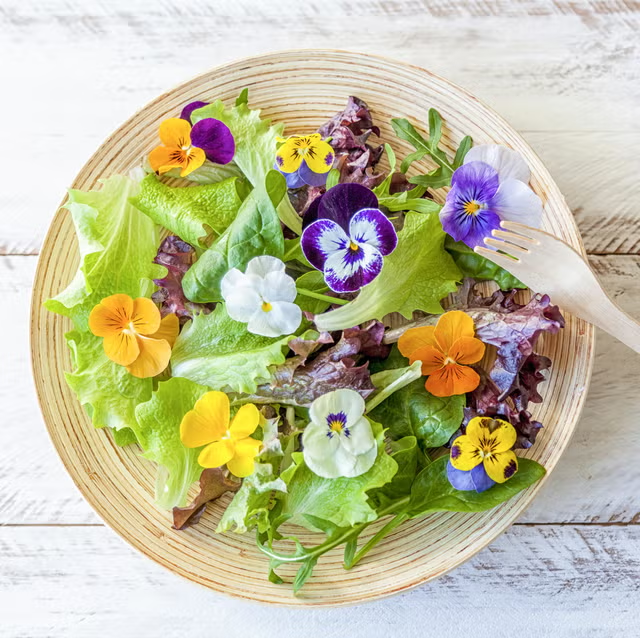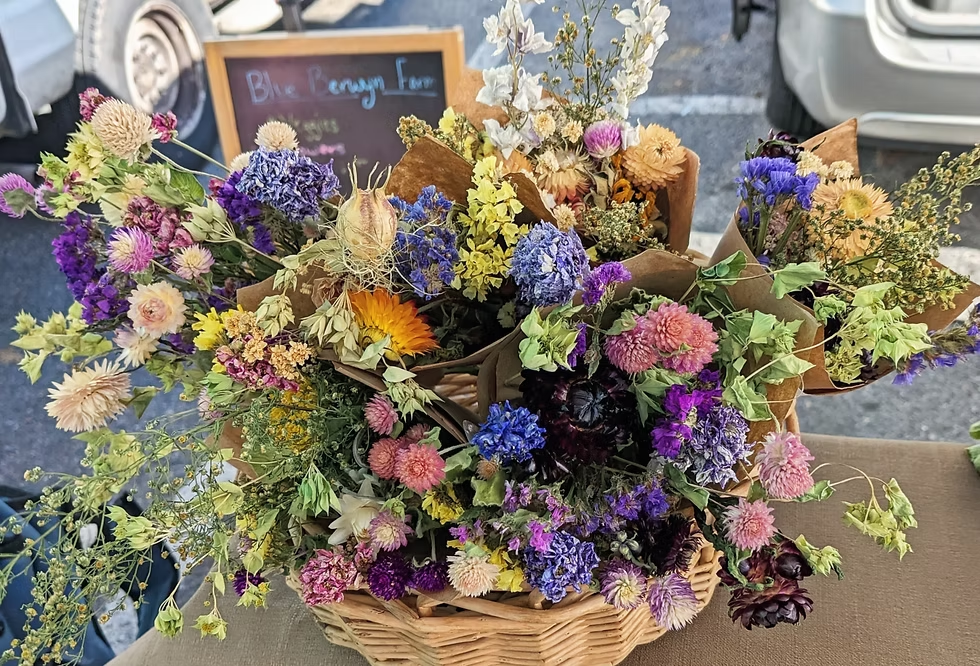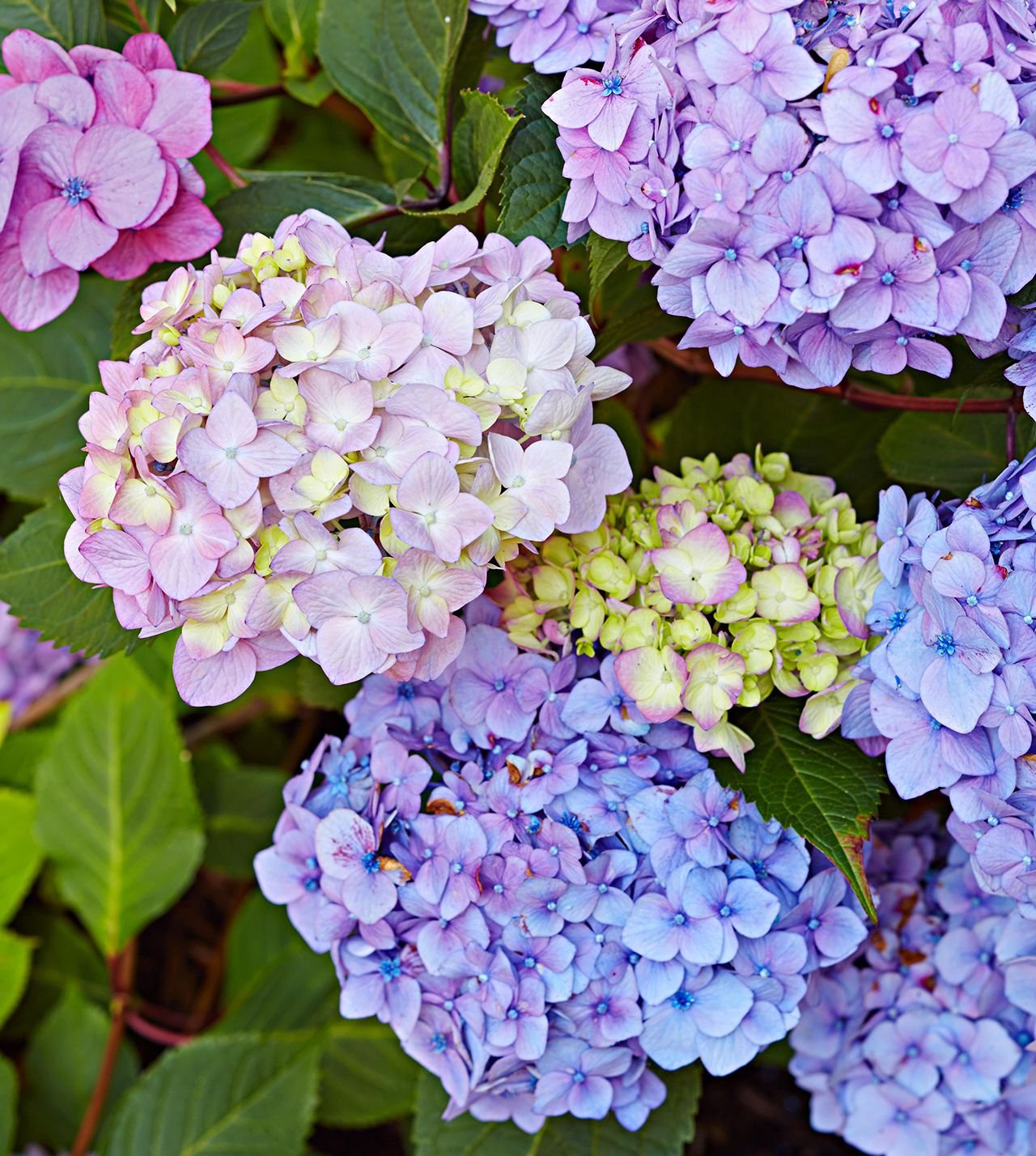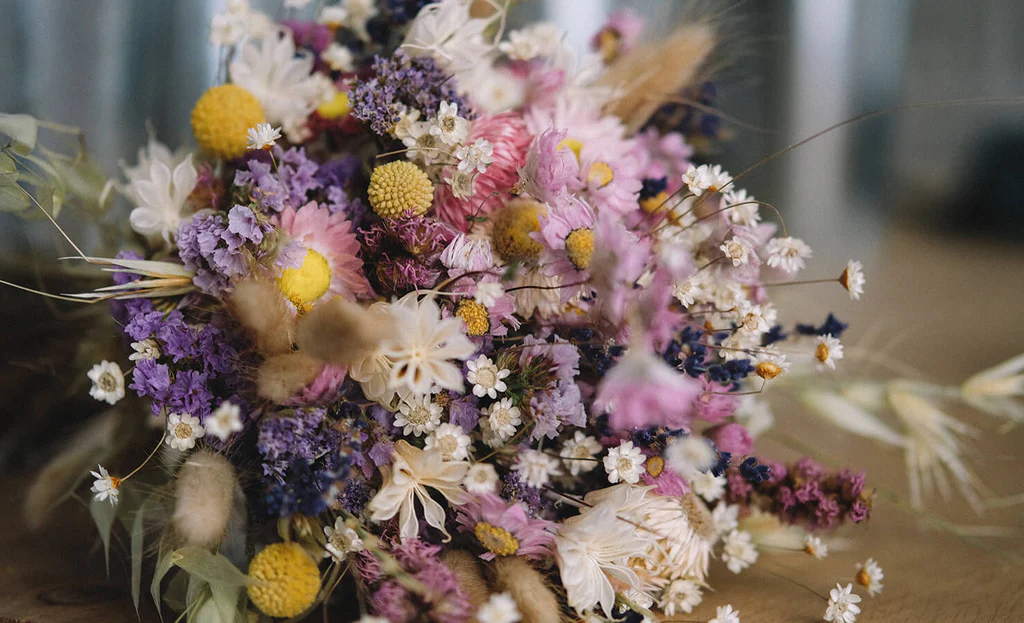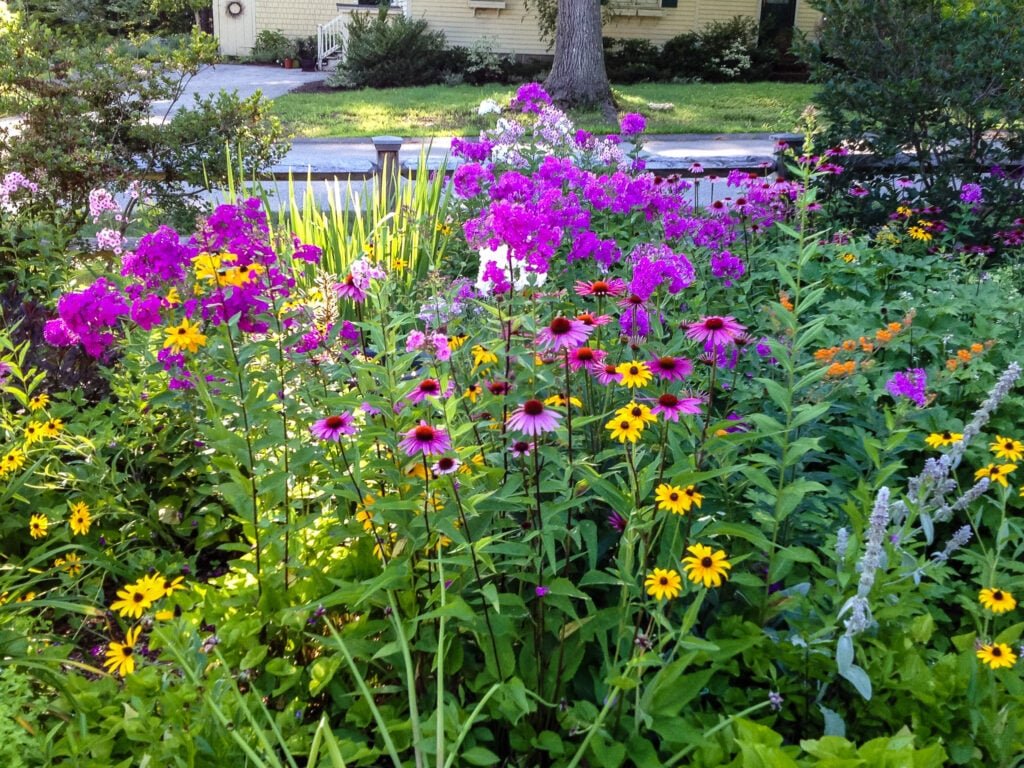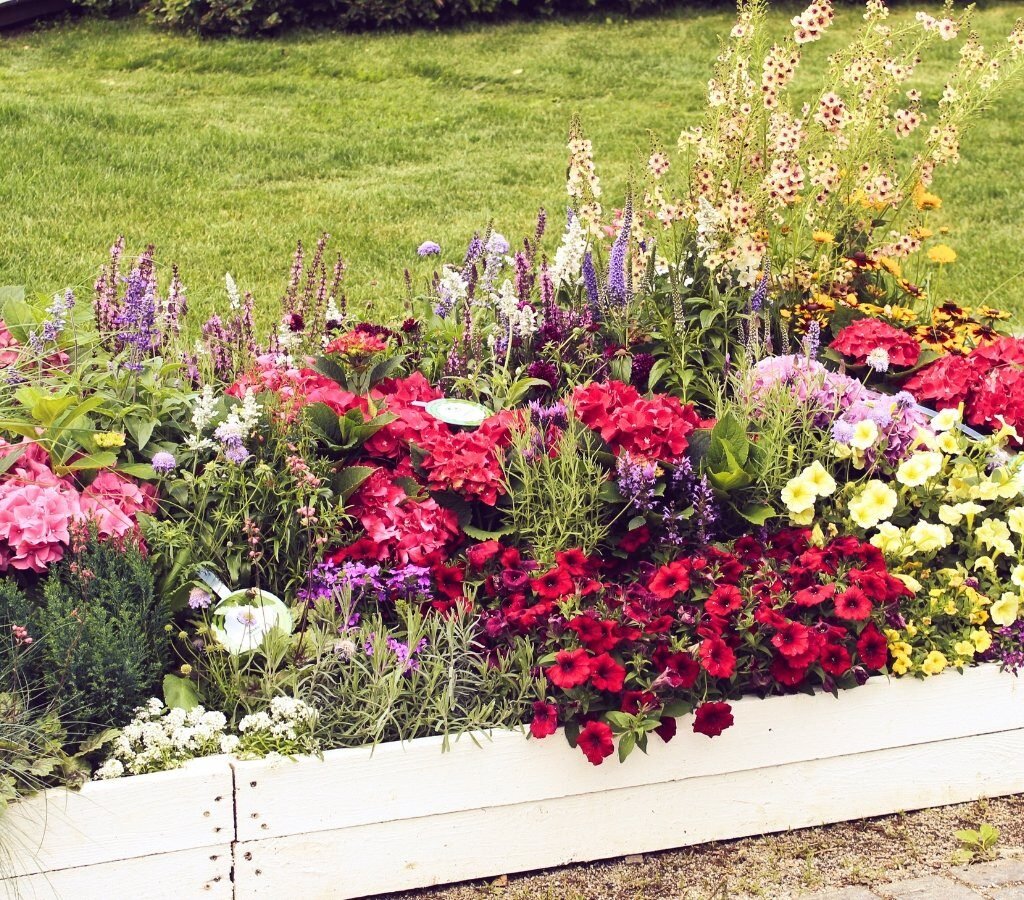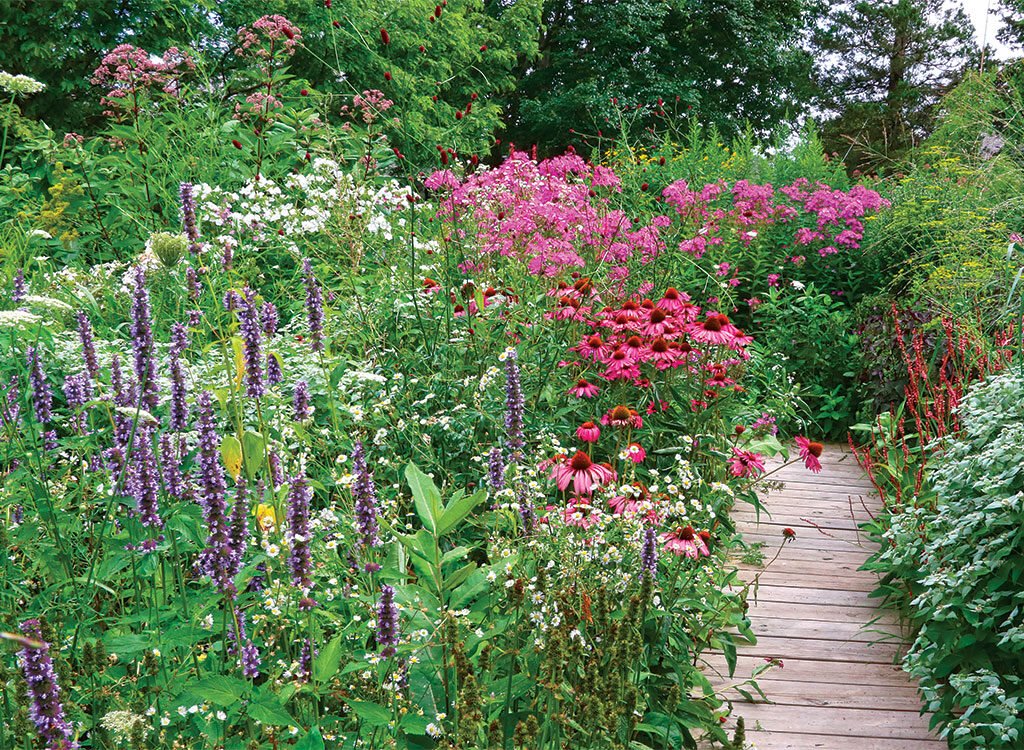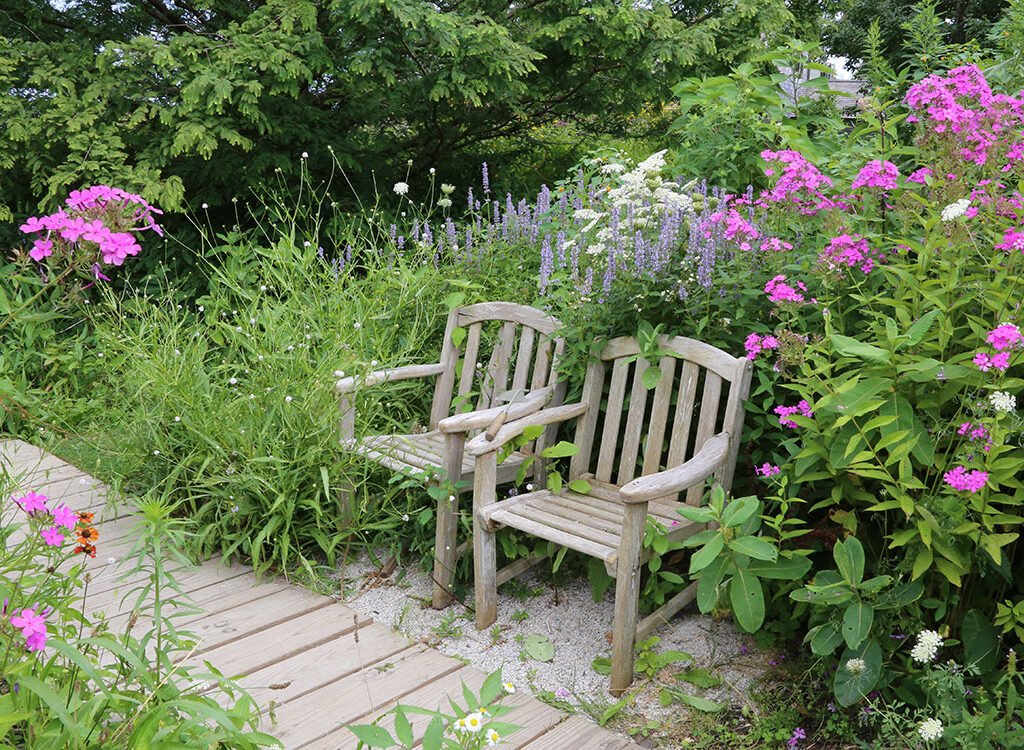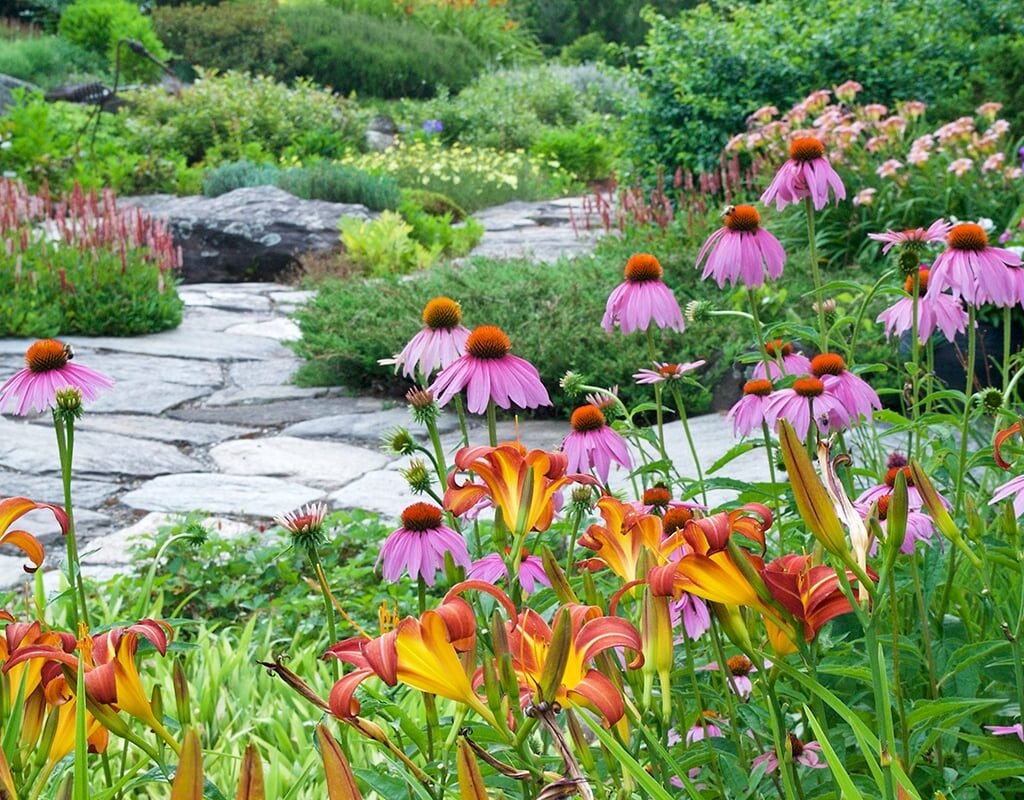Zinnias are a favorite among gardeners for their vibrant colors, long-lasting blooms, and ability to attract pollinators. From fiery reds and oranges to soft pastels, zinnias can transform a garden into a riot of color. However, many gardeners struggle to enjoy continuous blooms throughout the growing season.
The secret lies in a combination of smart planting, attentive care, and strategic maintenance. This guide reveals seven little-known secrets to keeping zinnias blooming nonstop from early summer through fall.
1. Start with the Right Varieties

Why It Matters
Not all zinnias are created equal. Some bloom once and fade quickly, while others are bred for continuous flowering. Choosing the right variety is the foundation for nonstop blooms.
Top Varieties for Continuous Blooms
- Zinnia elegans ‘State Fair’ – large, bright, and prolific.
- Zinnia ‘Cut and Come Again’ – perfect for repeated harvests as it encourages regrowth.
- Zinnia ‘Profusion’ – disease-resistant and abundant bloomers.
- Zinnia angustifolia – smaller flowers, long-lasting and drought-tolerant.
Tip: Combining dwarf and tall varieties adds depth and dimension to your flower beds while maintaining continuous blooms.
2. Plant in Full Sun

Why It Matters
Zinnias thrive in bright sunlight. Sun exposure not only encourages photosynthesis but also stimulates bud formation for continuous blooms.
Planting Tips
- Choose a sunny location with at least 6–8 hours of direct sunlight daily.
- Space plants 6–12 inches apart (depending on variety) to allow airflow and reduce disease risk.
- Avoid planting in areas prone to shade or heavy competition from larger shrubs.
Tip: Sunlight isn’t just for growth—it directly impacts bloom frequency and color intensity.
3. Deadhead Regularly

Why It Matters
Deadheading, or removing spent flowers, is critical for encouraging zinnias to produce new blooms instead of setting seed. Neglecting deadheading can drastically shorten flowering periods.
How to Deadhead
- Cut the stem just above the next set of leaves or nodes.
- Remove flowers weekly, especially during peak blooming months.
- For cutting gardens, harvest blooms with 4–6 leaves attached to support regrowth.
Tip: Consistent deadheading not only prolongs flowering but also keeps plants tidy and disease-free.
4. Feed Your Zinnias Properly
Why It Matters
Zinnias are moderate feeders, requiring balanced nutrients to produce continuous blooms. Fertilizing encourages vigorous growth and enhances flower color and size.
Fertilizing Tips
- Use a low-nitrogen fertilizer to prevent excessive foliage at the expense of flowers.
- A balanced 10-10-10 or 5-10-10 (N-P-K) fertilizer is ideal.
- Apply liquid fertilizer every 2–3 weeks during the growing season for rapid nutrient uptake.
- Incorporate organic compost at planting to maintain long-term soil fertility.
Tip: Overfertilization with nitrogen can result in leafy plants with few blooms, so moderation is key.
5. Water Consistently, but Avoid Overwatering

Why It Matters
Zinnias prefer well-drained soil. Too little water causes wilting and fewer blooms, while too much promotes fungal diseases that can halt flowering entirely.
Watering Tips
- Water at the base of the plant, avoiding leaves to reduce the risk of powdery mildew.
- Maintain 1 inch of water per week, increasing during hot, dry periods.
- Mulch around plants with straw, bark, or compost to retain soil moisture and regulate temperature.
Tip: Consistent deep watering encourages strong roots, supporting continuous flowering.
6. Pinch Young Plants to Encourage Bushier Growth
Why It Matters
Zinnias that grow tall and leggy may produce fewer flowers. Pinching the tips of young plants encourages side branching, which leads to more flower-bearing stems.
How to Pinch
- When seedlings reach 3–4 inches tall, pinch the top 1–2 inches of the stem.
- Repeat as needed to maintain a compact, bushy plant.
- Focus on dead, weak, or overcrowded stems during the season.
Tip: Bushier plants not only yield more blooms but also resist wind damage and disease better.
7. Monitor for Pests and Diseases

Why It Matters
Even healthy zinnias can be affected by aphids, spider mites, and powdery mildew, which can stress plants and reduce blooms. Early detection and management are crucial.
Preventive and Corrective Measures
- Inspect plants weekly for yellowing leaves, curled foliage, or sticky residue.
- Encourage beneficial insects such as ladybugs and lacewings to control pests.
- Use organic sprays like neem oil or insecticidal soap as needed.
- Ensure good airflow between plants to prevent fungal issues.
Tip: Healthy plants bloom longer; pest and disease management is as important as fertilization and watering.
Bonus Tips for Continuous Zinnia Blooms
- Succession Planting: Sow seeds every 2–3 weeks to extend the flowering season.
- Support Taller Varieties: Stake or cage tall zinnias to prevent stem breakage.
- Harvest Cut Flowers Strategically: Regularly harvesting blooms encourages additional flower production.
- Sun Exposure Rotation: If possible, rotate container-grown zinnias to maximize daily sunlight exposure.
Tip: Combining proper planting, care, and proactive maintenance creates a blooming machine in your garden.
Conclusion
Keeping zinnias blooming nonstop requires attention to detail, strategic care, and consistency. By implementing these seven little-known secrets—choosing the right varieties, planting in full sun, deadheading, proper fertilization, consistent watering, pinching for bushiness, and monitoring pests and diseases—gardeners can enjoy a continuous, vibrant display of flowers from early summer through fall.
Zinnias reward gardeners who invest in their care with bright, cheerful blooms that enhance any garden space. When combined with succession planting and proper maintenance, your garden can remain a colorful sanctuary full of pollinators and beauty all season long.
Tip: The secret to nonstop blooms is not magic—it’s understanding the plant’s needs and meeting them consistently.




















